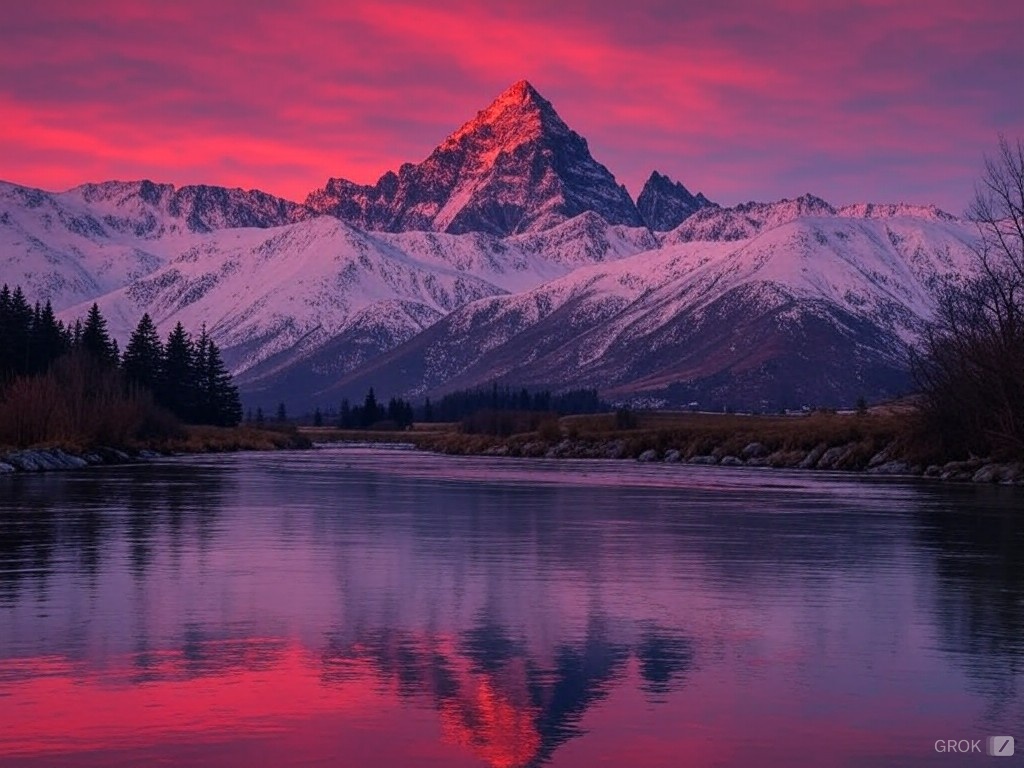Hey everyone, Denis here. Ever dived into a game and found yourself completely lost in its world, almost forgetting to blink, or hey, even skipping meals? I bet it’s happened more than once, and given you’re here, you definitely have a curiosity for how all that magic happens. Well, today, let’s chat about something close to my heart – creating immersive environments using Unreal Engine. It’s more than just software; it’s a canvas for world-building artists like us.
Now, the Unreal Engine – let’s not mind the slightly ominous name – is pretty much a powerhouse when it comes to game development, especially for laying out those lifelike levels that players wander around in. Here’s the kicker though – mastering Unreal isn’t like learning how to ride a bike; it’s more akin to learning how to build one from scratch. Confused already? Stay with me!
I remember my first stab at using Unreal. The interface looked more complex than my grandma’s knitting patterns. But, as in every great adventure, perseverance pays off. It was a journey from placing my first awkward block (“What is this, a block for ants?” I mumbled to myself) to crafting expansive, breath-taking vistas that made gamers go “Wow!”
And hey, speaking of crafting, that’s pretty much what you do in Unreal. For those not in the know, Unreal Engine uses something called “Blueprints” – visual scripting tools that, despite the name, aren’t just about blueprints but are a way to piece together game logic without traditional coding. Imagine sticking together pieces of a puzzle; each piece is a bit of game functionality. Before you know it, you’ve created a fully operational death trap, I mean, an engaging gameplay mechanic!
The Real Challenge
However, the true challenge lies in blending technical skill with creativity. It’s about making a player feel the sprinting hurry during a chase sequence or the eerie suspense when exploring a derelict spaceship. These emotions come from various environmental elements, crafted carefully within Unreal. Sometimes, though, I just stare at the screen, a bit lost, asking the universe, “Hey, does this spooky corridor need another flickering light?” Maybe it does, maybe it doesn’t – part of the joy is in the experimentation.
Then there’s the lighting – oh boy, lighting. It’s like the seasoning in cooking. A little too much, and it’s overbearing; too little, and everything seems bland. Getting it just right can transform a dull area into something cinematic. Lighting sets the mood and guides the eye, subtly telling players where to go and how to feel about it. It’s an art form, honestly.
But let’s not forget textures and details. They say “the devil is in the details”, and guess what? It’s true here too. High-quality textures make your environment not just seeable, but feelable. Oh yes, you could almost touch the rough, cold surface of a stone or the slippery, moist ground of a forest after rain – that’s the level of detail Unreal allows us to dive into.
A Little Digression
Oops, just realized I’ve been rambling a bit – occupational hazard of being fiercely passionate, I guess. Anyway, back to it; working in Unreal Engine is exhilarating, yes, but also a bit daunting at times. There are moments when I think, “Am I doing this right?” or “Can I make this scene any more realistic?”. It’s kind of a rollercoaster, with ups and downs.
If you’re just as excited about making game levels as I am, but find yourself hesitating at the sheer scope of it all, I’m here to help. Making mistakes is part of the process, and honestly, every misstep is a stepping stone to mastering the craft.
Got a project in mind or just itching to turn your game idea into a palpable reality? Or maybe, just maybe, you want a partner in design who talks about Blueprints as passionately as you’d discuss your favorite movie. Hit me up at [email protected]. Let’s make something awesome together!
